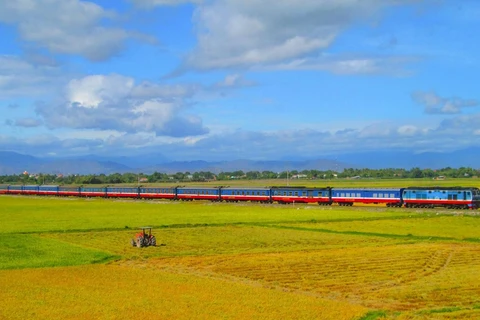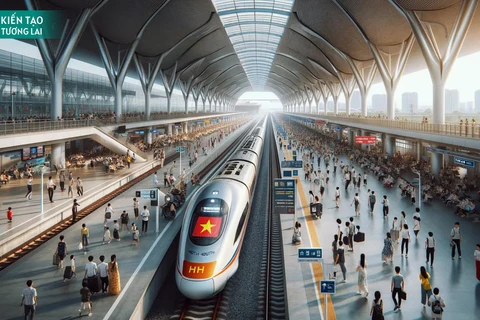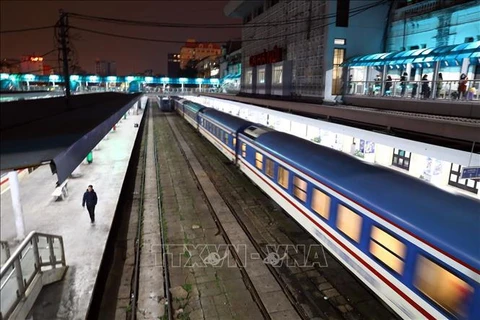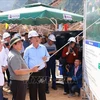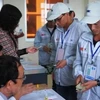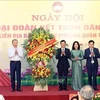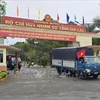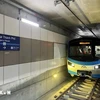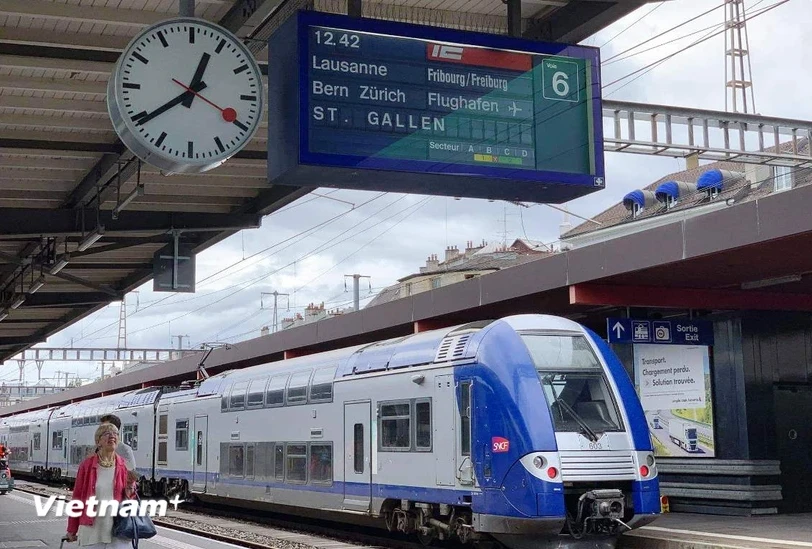
Hanoi (VNA) – After several years of research, the Ministry of Transport (MoT) has proposed a design speed of 350 km per hour for the North-South high-speed railway.
Speaking at an event to update the railway project on October 1, Deputy Minister of Transport Nguyen Danh Huy said that the unprecedented, large-scale project has received special attention from Party and State leaders.
He noted that the project study process was initiated in 2006 with the support of domestic and foreign organisations and consultants.
When the MoT studied investment options for the project in 2011, it found issues related to investment resources, macro-economic index and public debt. It also faced controversial opinions about the train speed which is required to ensure a long-term vision and align with global trends.
Huy said trains with a speed of 250km/h were developed about 50 years ago and popular about 25 years ago. They are suitable for short and medium routes.
But speeds up to 350km/h and higher are a global trend, suitable for routes of 800km or more, mostly in urban areas with a high population density like the North-South corridor of Vietnam.
Gaging the experience of other countries, 350 km per hour or higher is chosen for many high-speed railways which cover a long distance because of efficiency and ability to attract a higher number of passengers.
“The cost to develop a railway with a design speed of 350km per hour is about 8-9% higher than a speed of 250km per hour but it ensures a long-term vision. Upgrading a 250km per hour line to a design speed of 350km per hour is difficult and expensive,” Huy emphasised.

The North-South high-speed railway will have 23 passenger stations in accordance with the development planning scheme. The stations will be located in economic and political centres, approaching urban centres or potential areas that are expected to create new development space. The locations must also ensure good connectivity with the public transport system, and effective exploitation of infrastructure and vehicles. The locations of the stations are part of the provincial planning schemes and have already been approved by the Prime Minister.
Mobilising public investment resources, mastering technology
“The North-South high-speed railway will support passenger transport, meet the dual-use requirements for national defense and security, and can transport goods when necessary,” the Deputy Minister said.
He said that with appropriate policy mechanisms, Vietnam will be able to master technology for transport infrastructure construction.
The development orientation of the railway industry was studied not only for high-speed railways but also for national and urban lines, he said. Vietnam will strive to gradually produce and assemble equipment for the railway construction, operation, and maintenance.

Regarding investment resources, Huy said that the total investment of the project is about 67.34 billion USD. The project is expected to start at the end of 2027 and be completed by 2035. It is expected that about 5.6 billion USD from the State budget will be arranged for the project each year during the 2026-2030 period if the current medium-term public investment rate is maintained.
The project will be developed under the form of public investment with funding from the central budget, local budgets, and mobilised capital with low costs and few constraints. During the construction and operation process, the private sector can participate in investing in service and commercial areas at the stations, and invest in additional vehicles for exploitation as needed.
“The North-South high-speed railway project is a driving force and a boost for economic development in the industrial sector, construction materials, tourism, trade, emissions reduction, and ensuring national defence and security,” Huy affirmed./.
